From telemedicine-enabled nighttime coverage to a virtual follow-up clinic
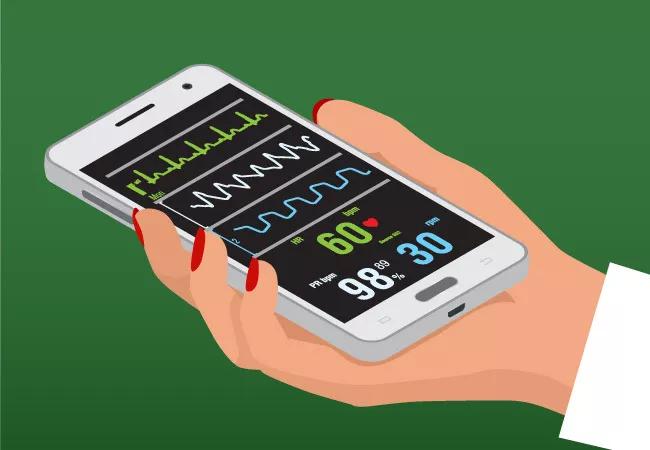
Cleveland Clinic neurointensivists are no strangers to telemedicine. As part of Cleveland Clinic’s Cerebrovascular Center, the health system’s neurointensive care units (neuro ICUs) are staffed by clinicians whose close colleagues have been running Cleveland Clinic’s telestroke program since 2011. So as telemedicine technology has advanced in the past few years, the system’s neurointensivists have been well positioned to begin applying it in pioneering ways outside of the telestroke space.
Cleveland Clinic is a non-profit academic medical center. Advertising on our site helps support our mission. We do not endorse non-Cleveland Clinic products or services. Policy
This article profiles three ways in which that has been done: (1) to create a new nighttime staffing model for neuro ICUs, (2) to offer second opinions on neuro ICU care to external facilities and (3) to provide virtual follow-up care after neuro ICU patients are discharged to long-term acute care facilities.
As head of the neurointensive care unit on Cleveland Clinic’s main campus, Joao Gomes, MD, is deeply familiar with the debate in the critical care community about the value and necessity of 24/7 on-site intensivist staffing for neuro ICUs. The argument in favor of 24/7 on-site staffing is clear, but such a staffing model can be costly and is limited by a shortage of intensivists to meet the demand. Moreover, a number of clinical studies that have compared staffing with in-hospital nighttime intensivists versus daytime-only intensivist staffing found no significant difference in mortality between the two approaches.
In the context of this debate and advances in telemedicine technology, Dr. Gomes and his team were tasked in 2017 with developing a model for telemedicine-enabled neurointensivist coverage of the neuro ICU on Cleveland Clinic’s main campus at night.
Under the prior staffing model, the neuro ICU was staffed 24/7 by neurointensivists with assistance from fellows, advanced practice providers (APPs) and nurses. Beginning in July 2017, that model was changed to high-intensity intensivist coverage for 12 hours each day plus 12 hours of telemedicine-enhanced coverage at night with an intensivist on call to supplement on-site coverage by critical care APPs and neuro ICU fellows.
Under the new model, when an acute event occurs at night, a neuro ICU nurse calls an on-site APP and fellow while another nurse activates a mobile videoconferencing cart to remotely connect with the on-call neurointensivist, who directs case management while the patient is acutely treated. The two-way video carts — with touchscreen interface, high-definition adjustable camera and speaker/microphone — have been an important part of the expansion of inpatient telemedicine across Cleveland Clinic’s Neurological Institute.
Part of Dr. Gomes’ charge was to study the new staffing model relative to the prior staffing model, so his team conducted an observational analysis comparing the year before the model change (July 2016-June 2017) with the year after the change (July 2017-June 2018).
Monthly admissions (~140) and patients’ APACHE III scores were similar during the two study periods. Comparative analysis of the two staffing models found statistically comparable results for the following relevant outcomes (first value is for the period before the model change, second value is for the period after the change):
In contrast, physician burnout (as measured by the Maslach burnout inventory) was significantly reduced with the nighttime telemedicine model (P = 0.03), as were monthly costs (average savings of $58,033 per month).
Additionally, mortality was significantly lower under the nighttime telemedicine model, although Dr. Gomes says that may have been due to multiple initiatives over time and not necessarily related to the change in staffing model. “In any case,” he observes, “all measures of interest either remained comparable or improved after we adopted the nighttime telemedicine model.”
This analysis — the first known study of telemedicine-enhanced nighttime staffing of a neuro ICU — was presented by Dr. Gomes at the Society for Critical Care Medicine’s Critical Care Congress in February 2019. A full-length study manuscript is in preparation. Meanwhile, the telemedicine-enhanced nighttime staffing model is now standard for the neuro ICUs on Cleveland Clinic’s main campus and at a regional Cleveland Clinic hospital in Northeast Ohio.
The above experience prompted Cleveland Clinic Neurological Institute leaders to include neurointensive care among the initial suite of subspecialty neurological services they are offering to external hospitals through a new initiative to provide telemedicine-enabled collaboration and consultation. The initiative, detailed in a prior Consult QD article, is designed to help hospitals with unmet patient needs provide access to expert subspecialist care without transferring patients from their local communities.
Dr. Gomes and his neurointensive care colleagues at Cleveland Clinic’s main campus are developing experience with this collaborative model through assistance offered to other hospitals in the Cleveland Clinic health system, both in Ohio and in Florida. While these hospitals may have general intensivists on staff, not all of them have neurointensivists, so staff may reach out to neurointensivists at Cleveland Clinic’s main campus for consultations or second opinions on cases with challenging neurological aspects.
“We can review the chart of a patient at another hospital in the system and even examine the patient together via a videoconferencing cart,” explains Dr. Gomes. “We can also offer more emergent consultation if they have a patient who is acutely decompensating. We quickly connect via the video cart operated by a nurse at the patient’s bedside. We can then work with the on-site general intensivist to advise on neurological issues we regularly encounter in the neuro ICU — anything from cerebral edema to refractory status epilepticus.”
The same type of consultative services can be offered to other hospitals not staffed to manage neurological complexities that arise infrequently in a general ICU. “This service can help get patients the neurointensive care expertise they need without having to be transferred from their local hospital,” Dr. Gomes says.
Similarly, the Cleveland Clinic neurointensive care team can offer second opinions to external institutions through videoconferencing and related technology. Such was the case when an overseas hospital recently contacted Dr. Gomes for his opinion on a challenging patient with tuberculous meningitis who had suffered multiple strokes despite adequate treatment.
“The patient’s medical team had questions about whether any other interventions might be appropriate,” Dr. Gomes explains. So the team sent him a summary of the patient’s clinical course, relevant lab tests and brain images, and questions from the patient’s family. He arranged a videoconference with the treating physicians and the family at which they reviewed the images and discussed questions. “I shared how we have managed some similar cases in the past and discussed a couple of other possibilities to be explored,” Dr. Gomes continues. “My review of the case and comments ended up reassuring the family that a U.S.-level standard of care had been offered to the patient.”
A final novel application of telemedicine by Dr. Gomes’ team relates more directly to the team’s own patients. “We have developed a virtual follow-up clinic for patients who spend time in the neuro ICU,” Dr. Gomes notes.
The virtual clinic is focused on neuro ICU patients who are discharged to a long-term acute care facility, or LTAC. In the LTAC, a videoconferencing cart is used by a nurse at the bedside to connect the patient to a neurointensivist back at the neuro ICU who examines the patient and monitors his or her progress since discharge. The patient also is screened for depression, anxiety and post-traumatic stress disorder (PTSD), and both cognitive and functional status is assessed. The latter efforts are focused on assessing for post-ICU syndrome.
“Screening for and managing post-ICU syndrome is an important objective of this virtual follow-up,” Dr. Gomes notes. That includes screening of patient family members as well, as they are at significant risk of anxiety, depression and PTSD as a result of seeing their loved ones in critical condition. “We want the family to be part of the process when possible,” he adds, “and will direct patients and family members to resources and support groups to help with post-ICU syndrome.”
Another objective is coordination of care among all specialists involved in the patient’s management. This can involve issues such as expediting anticoagulation therapy for patients who require it, as well as ensuring the medication reconciliation that’s all too often needed after neuro ICU discharge. These efforts can involve a multidisciplinary group of providers from the neuro ICU team, including pharmacists, nurse practitioners and physicians.
“The goal is to follow up with the patient within 30 days of hospital discharge,” says Dr. Gomes. “We expect these efforts will reduce readmission for these patients, as we can suggest interventions or other steps that can help minimize the likelihood of readmission.”
The virtual follow-up clinic is now being piloted at one local LTAC, with plans calling for expansion to additional LTACs if it proves successful.
Looking back on the development of these telemedicine projects, Dr. Gomes has a couple of broad bits of advice for others looking to implement similar initiatives in the neurointensive care space:

Our Neurological Institute offers telemedicine relationships across multiple subspecialties

Cloud computing extends the reach of expert opinion informed by high-level data processing
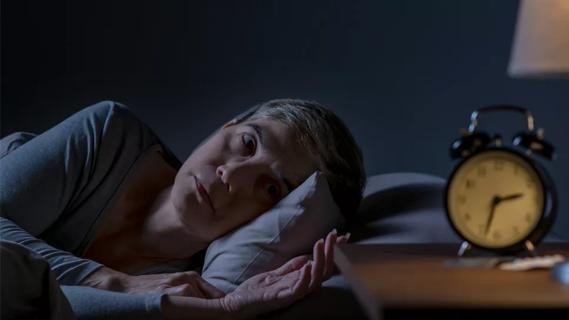
Large cohort study suggests need for routine sleep screening as part of neurological care
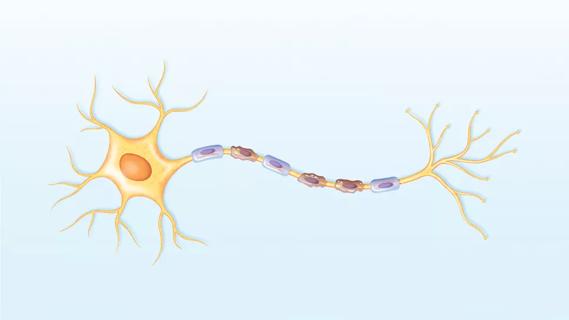
Early experience with the agents confirms findings from clinical trials

Determining the right dose and injecting in the right muscle can be challenging
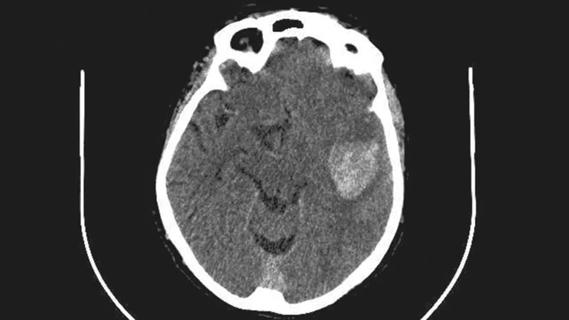
ENRICH trial marks a likely new era in ICH management
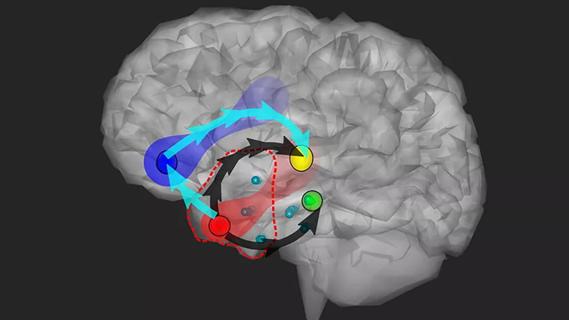
Study combines intracranial electrophysiology and SPECT to elucidate the role of hypoperfusion

New research sheds light on a potentially devastating condition that is reversible when properly managed